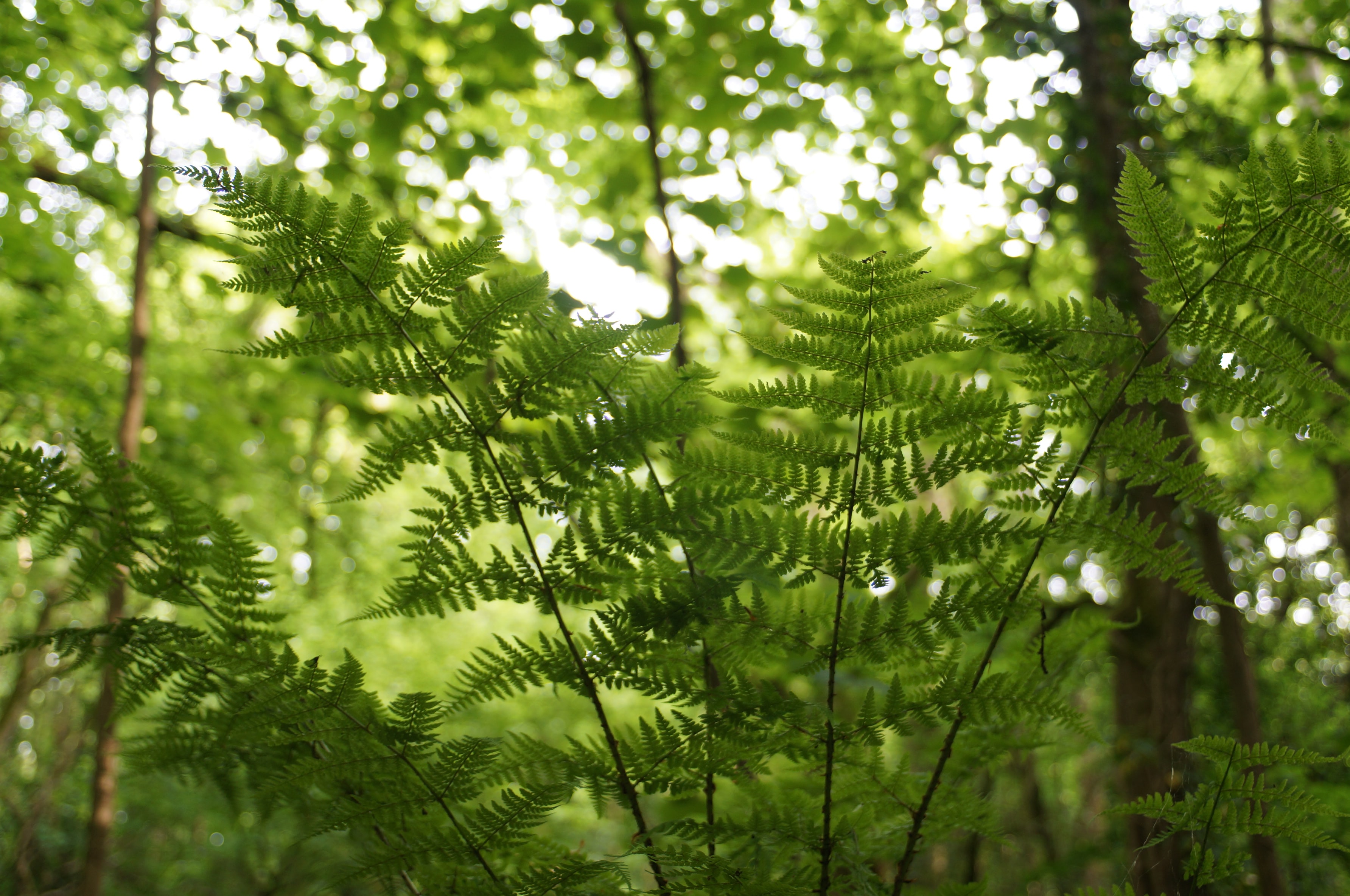You have possibly been scrolling through Instagram, TikTok, or Facebook and have seen a cute video of wild animals or some fancy boots made from exotic leather. You might have thought how sweet they were or how cool they were. You might have even said, “Look at those cheetah cubs playing together under the sofa! Aren’t they sweet?” “Imagine what mum would say if I brought one home!” Or, “Nice boots, they are made of exotic leather, and they come from the US. Let’s see the price and the details of the seller”.
What you don’t know is that you could be looking at animals or animal products that have been traded illegally through organised wildlife crime networks. Whilst it can be difficult to tell if an animal or animal product has been illegally traded, there are some tricks in recognising illegal activity and animal abuse online. You could become an actual cyber spotter of an organised wildlife crime network that sells exotic species online and even learn how to report those videos and/or images to the competent authority.


Examples of animals and animal products found on online platforms.
Source. The Inside Out of Wildlife Crime Linked to the Internet. Global Wildlife Program. Webinar, August 30, 2022.
But, what is the issue with online wildlife trafficking? Wildlife trafficking has become one of the world’s most profitable organised crimes with an annual value ranging from 7 to 23 billion $. And it is gaining ground on the Internet, as evidenced by the booming popularity of social media apps and the burgeoning number of websites where wildlife goods are offered, often with clearly suspect origins. Moving sales to online platforms allows sellers to reach potential buyers around the world, with a lot less risk, with respect to physical trade. According to WWF findings, personal profiles, pages, and groups are used to advertise inventory; transactions and logistics are finalised and coordinated through private messaging. New strategies are also being developed to hide illegal online selling. For example, a massive use of emoji and images instead of texts, or the omission of words like ‘buy’ and ‘sell,’ with preference to codes such as 1 = buy, 2 = sale,or 3 = swap.
Fortunately, the world’s biggest e-commerce, technology, and social media companies have joined forces to shut down online marketplaces for wildlife traffickers. The Coalition to End Wildlife Trafficking Online, founded in 2018, brings together companies from across the world in partnership with wildlife experts at WWF, TRAFFIC, and the International Fund for Animal Welfare (IFAW) for an industry-wide approach to reduce wildlife trafficking online.
Since 2018, the coalition has managed to block or remove more than 11,500 posts for illegal wildlife.

Members of the Coalition to End Wildlife Trafficking Online
At the European level, the European Commission revised its Action Plan against Wildlife Trafficking in November last year. The plan promises to implement tougher measures to help tackle wildlife trafficking such as financial investigations to help fight organised crime networks and new frameworks to monitor and report illegal trade. Whilst it is important that social media companies are also working to remove adverts selling animals, it is vital that young people are also aware of wildlife trafficking and are involved in processes to help recognise and report wildlife crime when they see it. The new EU Action Plan recognises the importance of civil society in tackling trade, especially in reducing demand for exotic animals and as youth are the primary consumers of social media (which is increasingly being used to promote and sell endangered animals), they can play a vital role in tackling illegal wildlife trade.
This is why Generation Climate Europe (GCE) will be running an online workshop on this topic: ‘Tackling online wildlife trafficking: How does youth become a cyber spotter?’ The session will be a fantastic opportunity to learn more about the issues surrounding the illegal wildlife trade and how you can help prevent wildlife crime, especially in online settings. Alongside GCE’s Illegal Wildlife Trade team there will be some brilliant young speakers with ample expertise in this topic.
To start off, Alice Pasqualato, Policy Officer at The Global Initiative to End Wildlife Crime, will introduce what wildlife trafficking is, what are its environmental, social, and economic impacts, as well as what role the European Union plays in the global illegal wildlife trade market. She will also provide us with a brief summary of the recently reviewed EU Action Plan against Wildlife Trafficking. Following up on this introduction, there will be two consecutive interactive sessions. Lionel Hachemin, Program Manager – Wildlife Crime at IFAW, will explain how to identify and report online adverts for illegally traded wildlife, and, Vanessa Amoroso, Head of Wild Animals in Trade at FOUR PAWS, will explain how to identify pictures and videos covering potential wildlife abuse, and how to report them in several social media platforms.
The online workshop will include a Q&A section at the end where participants will be able to have all their wildlife trade-related questions answered.
We invite you to join us on February 7 from 19:00 – 20.30 CET on Zoom. Make sure to register on the following Google form to receive an invitation to the event.
Let’s end the illegal wildlife trade together!


